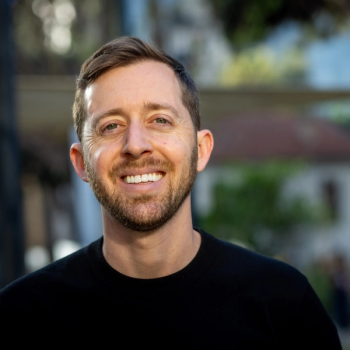
The Challenge of Addressing Drug Spend to Drive Down Total Cost of Care in EOM
Stuart Staggs, vice president of transformation and shared services at McKesson, explained that oncology practices in the Enhancing Oncology Model (EOM) have a tough job driving down costs when drug costs make up a larger portion of the total cost of care.
As cancer drug costs have continued to increase, impacting total cost of care continues to be challenging.
Within the Enhancing Oncology Model (EOM), practices are putting in place as many initiatives as they can to chip away at drug cost compared with the Oncology Care Model (OCM), when practices implemented a smaller number of initiatives to impact drug costs, explained Stuart Staggs, vice president, Transformation and Shared Services, McKesson.
Under the OCM, drug costs accounted for roughly 62% of total costs, but that proportion has increased to 72% now in EOM.
This transcript has been lightly edited for clarity.
Transcript
How are practices addressing drug spend to drive down total cost of care?
Abt Global, who was previously Abt Associates, released the final results for the Oncology Care Model all the way through performance period 11. They said after 6 years of Oncology Care Model—of course, the goal of the model is not to decrease cost because costs are going to continue to climb—but they said that over that 6-year period, we did decrease cost per episode but of course, the cost per episode savings was outweighed by [Monthly Enhanced Oncology Services payments] and outweighed by performance-based payments. So, it did eat up all the benefits, so they came out negative for the OCM.
It was really interesting, too, as they engaged in cost over time in that model, how much total cost increased over 6 years for oncology care. Total cost of care increased by 25% over 6 years, and then 20 percentage points of that 25%, you know, 80% of it was tied to drugs. It's something where drug cost is prominent. I think in the OCM we saw it being 62% of total cost was drug cost. In the Enhancing Oncology Model, we're seeing with just the seven diagnoses—obviously the high-cost diagnoses are very acute, very complex—[drug costs are] about 72% of total cost.
The things we're doing to really stem off total cost of care with the drug initiatives are traditional things we've always done with dose banding and dose rounding. We're looking at appropriation utilization of therapeutic interchange and then reduction of pegfilgrastim in the metastatic setting and also looking at bone health. Those types of common things that were done in the OCM, and then what we're doing now on top of that is—because it's a very fluid environment with drugs—we have a pharmacy solutions team that's always looking at evidence-based care, best clinical outcomes, least amount of side effects, and what are the best alternatives for drugs from a cost standpoint on top of that. And they’re working with practices to do exchanges appropriately for patients coming into the program and beyond.
We're always looking at what drug opportunities are coming up next. There's not anything we're seeing right now. If you look at 2020 and the OCM, biosimilars were a big impact there, but we're not seeing anything that distinct within the EOM yet, just because of timing. But it's something where we're always looking and what's the cumulative number of initiatives we can put in place to kind of chip away at [drug costs] because again, it's going to be more improvement by a lot of initiatives within EOM versus a handful like it was an OCM for the drug cost part of the equation.
Newsletter
Stay ahead of policy, cost, and value—subscribe to AJMC for expert insights at the intersection of clinical care and health economics.







































